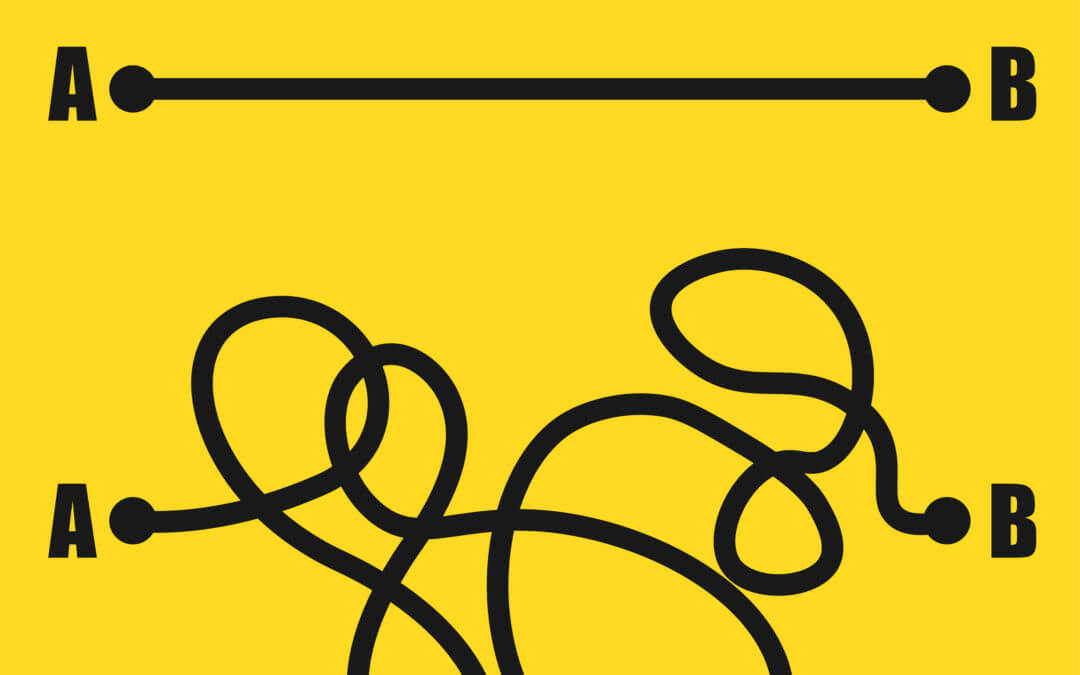During my 13 years as a public servant, I became well-versed in government writing. It felt like a gradual conditioning. I learnt to add extra words to ‘beef’ things out. I wrote in a more complex, formal language, and used the Thesaurus to inject impressive adjectives.
Why must we add fillers and fancy words to make our document appear superior? Share on XBureaucratic writing has its place. In some contexts, it is expected.
Yet there are often simpler ways to describe a program, service or policy. There are better ways to write a brief. Why must we add fillers and fancy words to make our document appear superior?
It’s encouraging to see many government departments using more straightforward language, tone and style – in their documents and on their websites.
But we’ve still a way to go.
Here are some typical government (and to be fair, non-government) documents I have seen. More often than not, the benefit of fresh eyes helps me to ditch the unnecessary.
- The ‘all hands in’ document. This is a piece of writing that has been around the floor, upstairs and possibly across the country. It had input from stakeholders, policy teams, the communications team and possibly the janitor. It has no single voice. It is confusing and unstructured. The fix: edit for consistency, use one voice and know the intent/objective.
- The brief rehashed into web content. This brief is written for a purpose. It speaks to an internal manager or Minister. Once approved, the bulk of it is copied and pasted to an intranet or website page. It doesn’t speak to the audience or comply with other styles used elsewhere on the site. The result is a mish-mash of content, which over time, creates a messy and difficult navigational task for users. The fix: understand the audience needs, review the style of the intranet/website, and rewrite to suit.
- The version 10.2 document. This is an older document that has been reviewed in parts. If a document is continually updated over time, but is never reviewed in its entirety, it inevitably becomes disjointed. One section may be up-to-date, while another still has references from version 2. The fix: sometimes it makes sense to just start again. Re-define the purpose of the document, which may have changed since version 1.
- The ‘I don’t know how to use Word properly’ document. This is a particularly large document created without any heading hierarchy. It uses manual end notes or lots of text boxes. It has become messy to read, and messy for a designer to effectively desktop publish. The fix: while Word does have its drawbacks, it offers so many handy tools for structuring, footnotes, tables and more. These tools must be used to bring structure. Plus, it will be more likely to comply with web accessibility guidelines (WCAG 2.0).
A strong editor can help resolve all these issues.
Join my mailing list for updates, insights and ideas!
